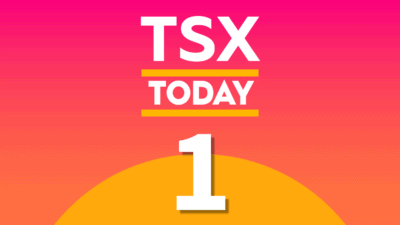Other than buying fundamentally strong businesses, dividend stocks, and being aware of stocks that are sensitive to the business cycle, here are some additional tips that could help you improve your returns as the TSX starts to perk up.
Watch stock valuations
The idea is to not overpay for stocks. Some investors chase stocks after they have run up. Sometimes, after the run-up, the stock is too expensive. Buying a stock at a pricey valuation means you’re taking on valuation risk, which will likely lead to lower returns or even negative returns in extreme cases.
For example, in hindsight, clearly, there was somewhat of a growth stock or tech stock bubble in late 2021 and early 2022. It wasn’t as bad as in the Internet Bubble from 1995 to 2001, but it still led to substantial declines in stocks when the bubble burst as interest rates rose.
In most cases, investors can mitigate valuation risk by investing in stocks with reasonable price-to-earnings ratios (P/E) as compared to the stocks’ respectable industries and earnings growth expectations. For example, the big Canadian bank stocks normally trade between P/Es of 10 and 12. At times, they trade at single-digit P/Es, which is when they’re cheap, and investors should consider backing up the truck.
The general rule of thumb is that the higher uncertainty a business has, the greater margin of safety you would require before considering a purchase of the underlying stock.
Separate your holdings
In your diversified portfolio, you might categorize your stocks as core or non-core holdings. Core holdings are investments you plan to hold for a long time, maybe even through retirement. They may be blue-chip stocks that pay solid dividends, like some big Canadian banks, utilities, and telecoms. You might also be confident in other fundamentally strong businesses and certain large tech stocks whether they pay dividends or not. Non-core holdings may be short-term trades, such as contrarian stocks you’re buying for a turnaround and that you expect to take profit within one to three years.
For example, you might buy auto parts company Magna International (TSX:MG) after a substantial pullback, knowing that it’s a cyclical stock that could do well in an economic expansion. It has a solid balance sheet with an S&P credit rating of A-. It has also paid a growing dividend for about 13 consecutive years with a five-year dividend-growth rate of 10.4%. At writing, it offers a dividend of just under 3%.
However, it’s probably not a top choice as a buy-and-hold stock because of its sensitivity to the economic cycle. In other words, it might be too volatile for certain investors to buy and hold for long-term investment. Instead, it may be good for a short- to medium-term trade.
Watch the technical charts
Investors can also use technical charts as a tool to help identify buy and sell points. For example, after a selloff has occurred, you might consider buying after it has based and shown support or even wait for a breakout for better safety. If you’re seeking to take profit in a stock, you might consider an exit point when a stock is overbought with a relative strength index of 70 or greater.







